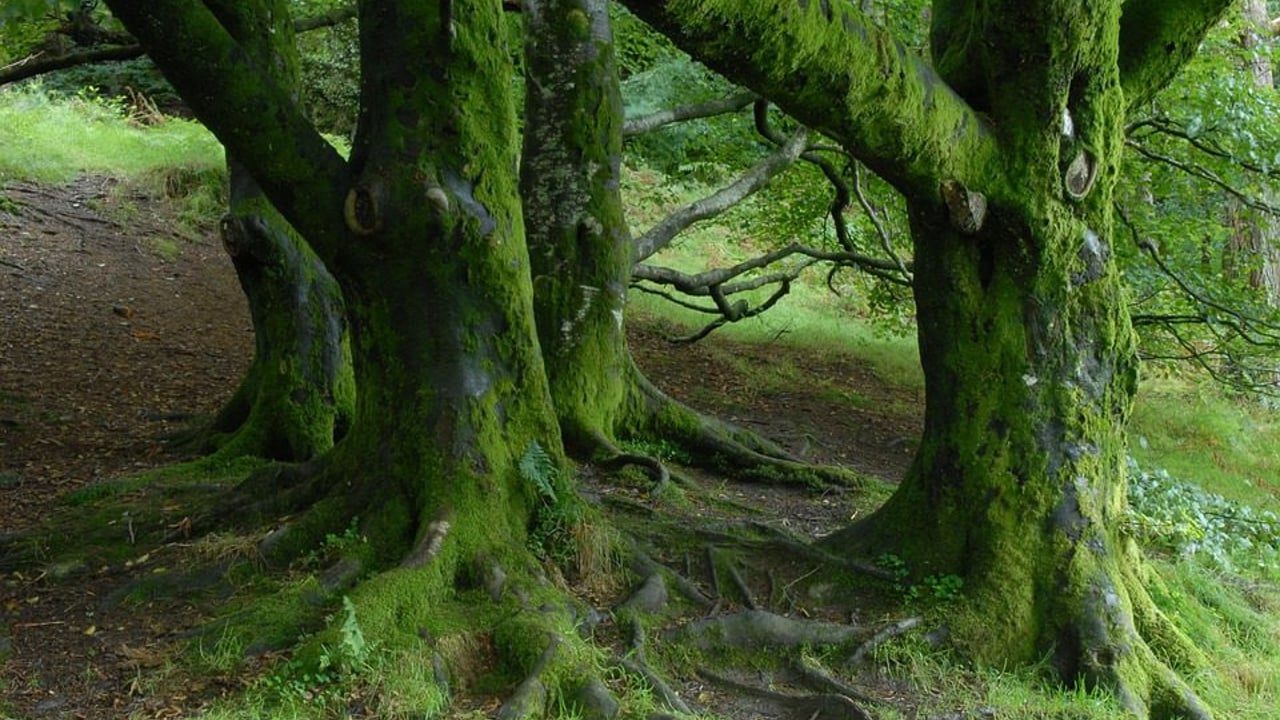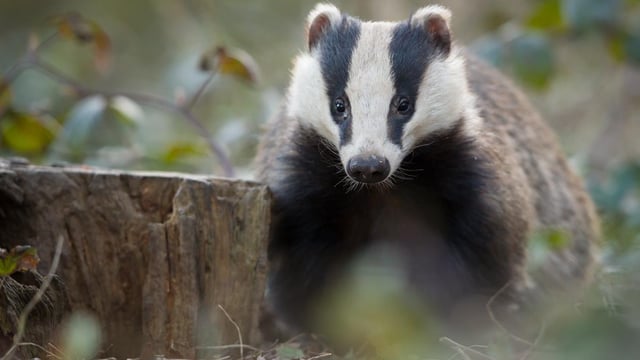Agriculture, logging, and livestock farming top threats to world's trees - report
Agriculture, logging and livestock farming are the top threats to the world's trees, but climate change and extreme weather are emerging dangers, a recently published report on the world's tree species has found.
The landmark report - State of the World’s Trees - is the culmination of five years' research by the Global Tree Assessment (GTA) to identify major gaps in tree conservation efforts.
Examining the globe’s 60,000 tree species, it reveals that 30% (17,500) of tree species are currently at risk of extinction.
That means there are twice the number of threatened tree species globally than threatened mammals, birds, amphibians and reptiles combined.
Over 440 tree species are right on the brink of extinction, the report reveals, meaning they have fewer than 50 individuals remaining in the wild.
The report published by the Botanic Gardens Conservation International (BGCI) provides one of the most comprehensive analyses of the uses and threats facing different tree species.
It reveals that one in five tree species are directly used by humans for food, fuel, timber, medicines, horticulture and more.
Despite the value of trees, many face extinction as a result of over-exploitation and mismanagement.
The greatest threats facing trees include habitat loss from agriculture and grazing, followed by over-exploitation from logging and harvesting.
The report finds that one in three trees currently harvested for timber are threatened with extinction.
Top threats and tree species impacted:
Climate change and extreme weather are also emerging threats to tree species globally, according to the report.
As the temperature and weather of the world changes, many trees risk losing areas of suitable habitat. This affects species in both temperate and tropical habitats, with Cloud Forest tree species of Central America being at particular risk.
At least 180 tree species are directly threatened by sea level rise and severe weather events.
An increased occurrence of fire is a major threat to trees in Madagascar, and has also been identified as a risk to US species of oak and Nothofagus trees in Australia and South America.
Globally, land use change to agriculture alongside increasing global temperatures compounds the risk of fire to many tree species.
The report finds hope for the future, however, as conservation efforts led by the botanical community worldwide are growing.
In the report, BGCI recommend five key actions for policymakers and experts in order to protect and bring back threatened species:





